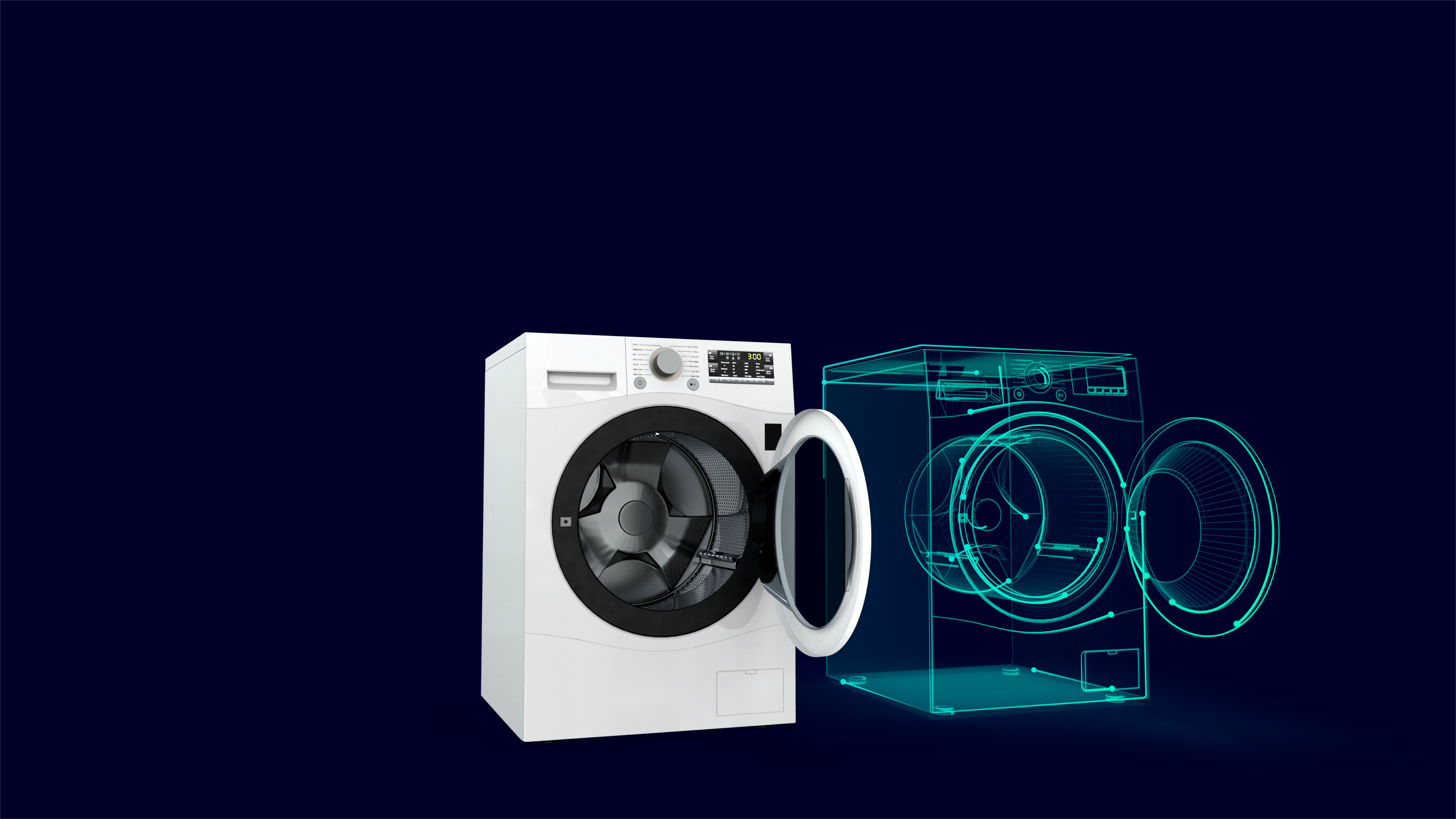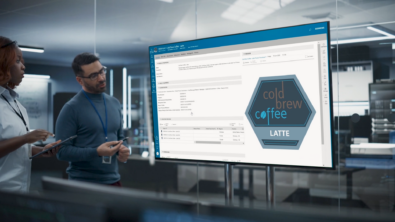Accelerating consumer product development: Embracing digital transformation

In today’s fast-paced manufacturing environment, the consumer durables sector is witnessing a revolutionary shift. Accelerated consumer product development is not just a goal; it’s a necessity to meet market demands. This blog explores how digital transformation is drastically speeding up time to market, focusing on innovative approaches in consumer product development.
Revolutionizing consumer product development in the digital age
The consumer durables industry stands at a pivotal point, challenged by the need for speed, innovation, and cost-effectiveness. Digital solutions are revolutionizing this space, providing the precision and efficiency needed to stay competitive. This transformation is not just about keeping pace with technological advancements but about reimagining the product design process to align with changing consumer expectations.
Gain insights into how the Solid Edge Portfolio is revolutionizing the approach to product development.
Navigating the challenges in consumer goods with digital solutions
In the rapidly evolving world of consumer goods manufacturing, companies are constantly grappling with a range of challenges. These include adapting to shifting market demands, maintaining cost-effectiveness, and meeting ever-stringent sustainability standards. The complexity of modern manufacturing, especially in consumer durables, has been further compounded by the increasing integration of electromechanical components and the rising expectation for smart, connected features.
Digital solutions are becoming crucial for navigating these complexities. Tools like Solid Edge for 3D CAD, are critical in adapting to these changes. They enable rapid prototyping, ensuring faster time to market and compliance with regulations. Additionally, software like Teamcenter and Flow EFD is streamlining product development processes, as evidenced by companies like SEB. These digital tools are transforming how consumer goods manufacturers innovate, adapt, and excel in today’s fast-paced market.
Integrating smart technology in product design
The integration of smart technology in product design is revolutionizing consumer goods, blending innovation with functionality. Smart home appliances and IoT-enabled devices exemplify this trend, offering enhanced user experiences, energy efficiency, and adaptability to user preferences. Through IoT, AI, and data analytics, designers are creating products that are interactive, intuitive, and responsive to consumer needs, setting a new standard in consumer goods.
Observe how integrating smart technology is transforming product design, making it more responsive to consumer needs.
Digital twin technology: A game-changer in product lifecycle management
Digital twin technology is revolutionizing consumer durables manufacturing. It provides an unmatched ability to simulate, predict, and optimize products and processes virtually. This technology allows for the creation of detailed digital replicas of physical products, offering insights across the product lifecycle and enhancing post-sale services.
Real-world success stories: Digital twin in action
One of the most compelling examples of digital twin technology in action comes from SEB, a global manufacturer of domestic appliances. Known for their expansive product line, SEB produces 12 products every second, amounting to 350 million products annually. Faced with the challenge of shortening the time to introduce new products to market, SEB turned to Siemens Digital Industries software.
Utilizing tools like Solid Edge for 3D CAD design, Teamcenter for data management, and flow EFD software for computational fluid dynamics, SEB transformed its product development process. These technologies enabled SEB to significantly increase the number of new products they bring to market, while also enhancing the reliability and consistency of their development processes across various divisions.
See how SEB is leveraging digital twin technology and related software solutions to streamline their product development processes and achieve remarkable reductions in time to market.
Future trends: sustainability meets innovation in product design
The future of smart product design is increasingly being shaped by sustainability. Consumers and regulators are demanding eco-friendly products, driving manufacturers to rethink their approach. This shift involves using sustainable materials, optimizing manufacturing processes for minimal environmental impact, and considering the product’s entire lifecycle. It’s a movement towards creating products that are not only technologically advanced but also environmentally responsible. This trend reflects a growing consumer preference for brands that prioritize sustainability, making it a crucial aspect of modern product design and innovation.
Embracing the future: Digital transformation in consumer product development
marks a significant turning point in the field of consumer durables manufacturing. Far from being mere trends, these advancements represent a fundamental shift in how products are conceived, designed, and brought to market. They provide a comprehensive roadmap for manufacturers, guiding them through the complexities of modern consumer expectations, stringent regulatory standards, and the growing importance of environmental sustainability.
In this era of rapid technological evolution, manufacturers equipped with these advanced tools can do more than just respond to changes; they can anticipate and shape them. Embracing digital transformation enables companies to not only match the pace of their industry but to set the standard, driving innovation and sustainability.
The future of manufacturing is here, and it brings opportunities for growth, efficiency, and environmental stewardship. By adopting these technologies, manufacturers position themselves at the forefront of the industry, ready to meet the challenges of today and tomorrow.
For a deeper dive into these transformative technologies and to see them in action, check out the full on-demand webinar.


